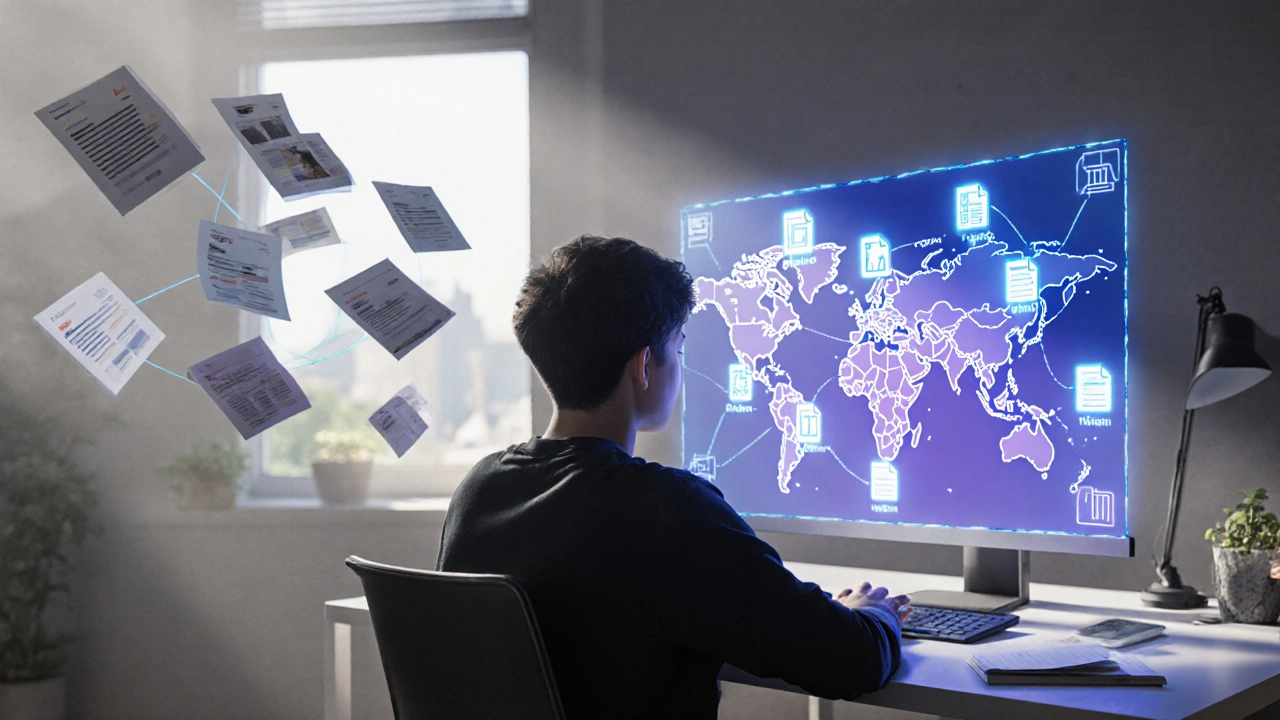e-platform: What It Is and How It’s Changing Learning Today
When you hear e-platform, a digital system designed to deliver education, training, or learning content over the internet. Also known as online learning platform, it’s not just a website—it’s a full learning environment where lessons, quizzes, videos, and progress tracking come together in one place. Think of it like a digital classroom that never closes. You can log in from your phone, tablet, or laptop and pick up right where you left off. No more waiting for school hours or carrying heavy books. This is what modern learning looks like—especially for students following the CBSE syllabus who need flexible, reliable access to study materials.
Most e-platforms, digital systems built to host and manage educational content use something called an LMS, a software tool that organizes courses, tracks student progress, and delivers assignments. Think of LMS as the engine behind platforms like Google Classroom or even your school’s portal. It’s what lets teachers upload PDFs, set deadlines, and see who’s falling behind. And it’s not just for schools—big companies, coaches, and even self-learners use LMS tools to build their own courses. Behind the scenes, many of these platforms follow standards like SCORM, a technical rulebook that ensures lessons work across different systems. That’s why a lesson made in one tool can often be used in another without breaking.
What makes an e-platform powerful isn’t just the tech—it’s the freedom it gives you. Want to review a math problem at 10 PM? Done. Need to rewatch a science video before your test? Easy. The best e-platforms let you learn at your own pace, which is why so many students in India are turning to them for NCERT help. You don’t need to wait for a tutor or rush through a class just because everyone else is. And with tools like video lessons, interactive quizzes, and progress dashboards, you can actually see your improvement over time. It’s not magic—it’s design.
Some people think e-platforms are only for tech-savvy kids or big universities. But that’s not true. Even simple platforms built with free tools like Google Sites or Forms can turn a teacher’s PDF into a full learning experience. You don’t need to code or spend thousands. You just need the right structure. That’s why you’ll find guides here on how to build one from scratch, what features actually matter, and how to avoid the common mistakes that make learning platforms feel confusing instead of helpful.
Below, you’ll find real guides—no fluff—that show you exactly how e-platforms work, what tools teachers use, how students benefit, and how you can use them to get better results in Class 8. Whether you’re a student trying to understand a tough chapter, a parent looking for better study tools, or even a teacher planning your next lesson, there’s something here that’ll help you move forward.
What is an e‑platform? - A Clear Guide to e‑learning Platforms
A straightforward guide that defines e‑platforms, outlines core features, compares types, and helps you choose the right e‑learning solution for your needs.
Read more